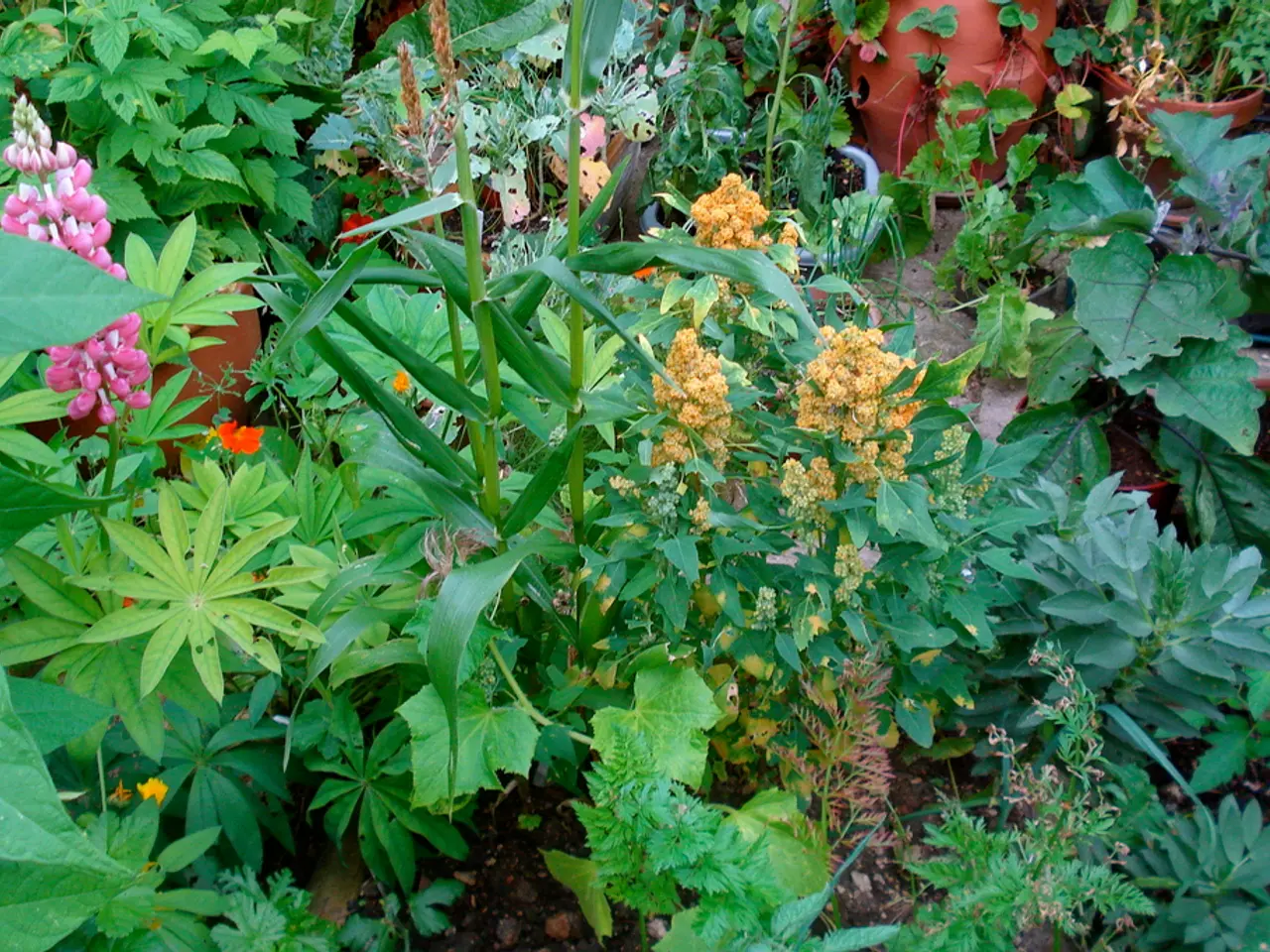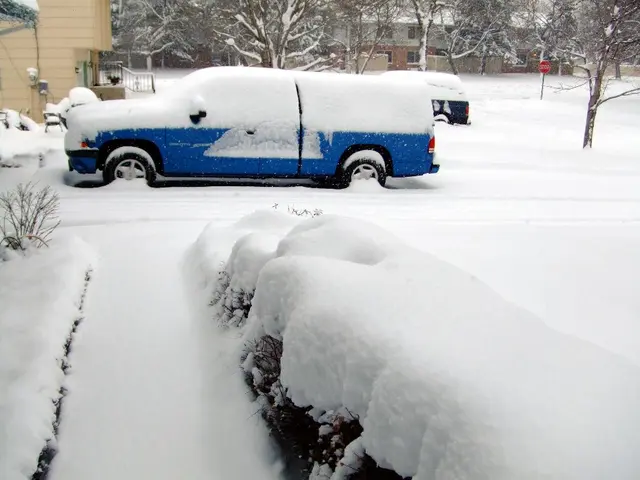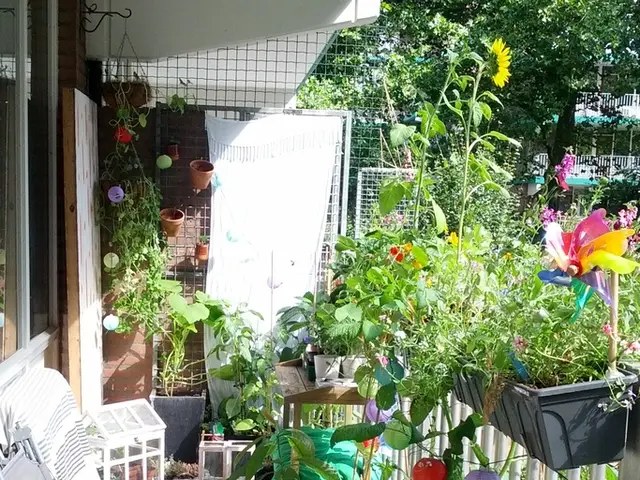Strategies for thriving in your garden during summer heatwave:
Garden Survival Guide in Scorching Weather
Summer's upon us, and we've got sweltering temperatures ahead! The question is, how do we keep our gardens thriving in these hot conditions? We've got some tips to help you beat the heat and maintain that luscious greenery.
Show some Water Restraint
Drought is a reality for some parts of Minnesota, with cities enforcing watering restrictions. To comply, keep an eye out for your local ordinances. In many communities, this means watering only on specific days based on your street or even/odd addresses.
- Give your plants an early morning soak to maximize water absorption. As the day heats up, evaporation increases at the soil surface.
- Opt for drip irrigation, as it delivers water directly to the soil surface and can be targeted. Manual watering is also effective—just aim for the soil instead of the leaves.
- Use low-spray sprinklers to minimize evaporation. Aim for the ground rather than the air to conserve H2O.
Quantity Matters
On average, a vegetable garden calls for about 1 inch of rain per week. That works out to be around:
- 62 gallons for a 10x10 garden
- 20 gallons for a 4x8 raised bed
During those scorching hot days (90F+ in the day and 70F+ at night), up the frequency to watering daily or every other day, especially in larger gardens. Remember, a 10x10-footer requires 8 to 9 gallons each day.
If you're using a hose, measure the flow rate with a container, then calculate how long to keep the water running.
Prune with Precaution
While June is a prime time for pruning some plants like tomatoes and lilacs, remember that excessive heat is stressful for your greenery. If possible, wait for cooler temps before pruning to minimize stress.
- Prune only when rain isn't forecasted and humidity is low to decrease the risk of infection.
- Post-pruning, offer your plants a fabulous drink—directly applied to the roots.
Arm Yourself Against Weeds
Weeds share our need for water, but some common varieties are well adapted to droughts and thrive in the heat. Regularly rid your garden of these invaders every couple of days in June. Smaller weeds are easier to pull than big handfuls. Remember, they're not just a nuisance but also thieves of your precious garden water.
Select Suitable Flora
Got plants that seem to wilt faster than a watermelon on a summer's day? Perhaps it's time to review your plant selection. Consider replacing thirsty plants with drought-tolerant varieties that are more resilient in hot climates.
Embrace Personal Care
As you take care of your garden, make sure to look after yourself too. Take frequent breaks, drink plenty of water, and watch for signs of heat stress (headache, nausea, dizziness, etc.). If you need help, seek it out!
For more information on heat-related health concerns, visit the CDC's heat stress page.
Stay cool and keep that garden blooming!
Created by Natalie Hoidal, our garden educator, with expertise in local foods and vegetable crops.
Yard and Garden NewsFeatured news
[1] Watering Wisely During Drought and Challenging Conditions[2] Choosing Plants for a Drought-Tolerant Vegetable Garden[3] Growing Vegetables in the Heat: Tips for Success[4] Gardening in a Heatwave: Strategies for Managing Water and Plant Health[5] Soil Amendments for Improving Drought Resistance in Gardens
- To maintain a thriving garden during the scorching weather, consider employing a water-wise lifestyle for your home-and-garden.
- By adopting strategies like early morning watering, drip irrigation, low-spray sprinklers, and measuring the flow rate, you can conserve water and keep your gardening activities efficient.






